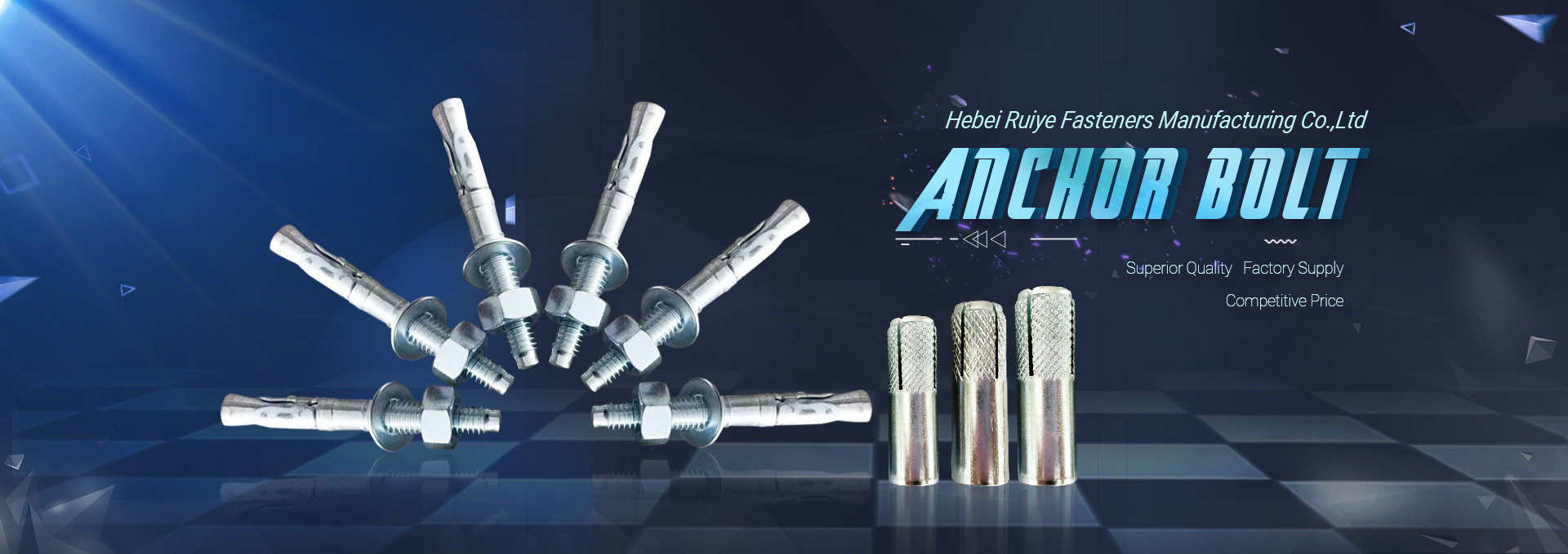COVID-19 ResponseCOVID-19 Response: Source manufacturers & distributors providing COVID-19 medical supplies ico-arrow-default-right
Rusted equipment can be a serious detriment to any manufacturing shop or industrial product user, and removing rusted bolts and screws can prove to be a real pain. Unless it is specially treated with rust-resistant materials, nearly every iron-based component is at risk of rusting, particularly under specific environmental conditions that accelerate this type of deterioration. Although not every form of rust is visibly detectable, any significant accumulation will cause a component to malfunction and eventually fail over timeRust traditionally refers only to the formation of iron oxides in iron-based metals and alloys, although other types of metal face similar kinds of oxide corrosion. The combination of water and oxygen causes these iron oxides to form a stiff, non-reactive coating along the metal’s surface. As rusted parts of the metal component began to flake away, more surface area is exposed and the rusting continues until all the material’s oxygen, water, and carbon dioxide are expended, or the material is dissolved entirely. In the case of fasteners, such as bolts and screws, rust corrosion can lead to a larger component or entire machine failing, making it all the more important to address rust problems promptly.
If bolts and screws are exposed to moisture for a protracted length of time, they will begin to rust very quickly. Fasteners in automobile components, ships, and even home appliances used outdoors are subject to high levels of moisture that can degrade the function of the devices in which the fasteners are housed. Removing these parts can be difficult, especially if the threads have become rusted or rust has degraded the metal head, making them hard to grip with a wrench or screwdriver. There are several options for how to remove rusted screws and fasteners, including:
While many people simply remove and replace rusted fasteners, in some cases, older or product-specific fasteners cannot be substituted with replacements. Restoring bolts and screws, via rust removal, cleaning, and reinstallation, can be a vital and cost-efficient way of keeping a device functional. There are numerous ways to remove rust, each with its own degree of effectiveness. Some of the more common techniques include:
We are using the power of our platform to aid in the mass shortage of critical supplies. If your company can help provide supplies, capabilities, or materials for products such as N-95 Masks and Tyvek Suits — Please let us know.
Copyright© 2020 Thomas Publishing Company. All Rights Reserved. See Terms and Conditions, Privacy Statement and California Do Not Track Notice. Website Last Modified June 11, 2020. Thomas Register® and Thomas Regional® are part of Thomasnet.com. Thomasnet Is A Registered Trademark Of Thomas Publishing Company.
Post time: Jun-11-2020

